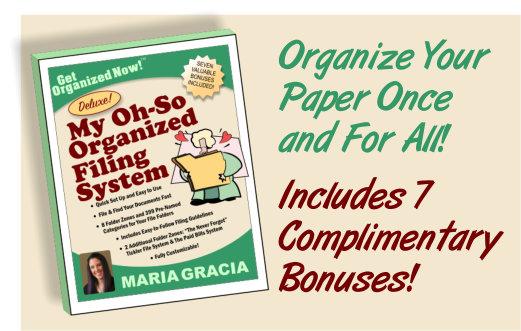In our pursuit of a calm and organized living space, the first step often requires us to challenge our comfort with clutter.
Many of us find comfort in what seems like organized chaos, believing our cluttered surroundings reflect our busy lives or creative minds.
However, the reality often leads to stress, wasted time searching for lost items, and a sense of mental overwhelm.
Understanding why it's crucial to feel uncomfortable with clutter can
profoundly change how we approach cleaning up and reclaiming our space.
Clutter isn't just about physical mess; it reflects our mental state too. Living among clutter can cause anxiety, hinder our productivity, and impact our overall well-being. The constant reminder of unfinished tasks or misplaced items can distract us from focusing
on what truly matters.
Recognizing these effects prompts a shift in mindset that is essential for reclaiming control over our environment.
Embracing discomfort with clutter pushes us to take action. It challenges us to evaluate the necessity and value of every item around us. By acknowledging the discomfort clutter brings, we empower ourselves to make deliberate choices about what stays and what goes. This shift isn't just about tidying up; it's about taking back our space and our lives.
When we confront our discomfort with clutter, we begin a journey toward a more intentional and peaceful home.
It starts with small, manageable steps: setting aside a few minutes each day to declutter
a specific area, whether it's a countertop, a drawer, or a corner of a room. Breaking down the task into smaller chunks makes it less overwhelming and more achievable within our busy schedules.
One effective strategy is to adopt the "one in, two out" rule. For every new item that enters our space, whether it's a purchase or a gift, we
commit to removing two equivalent items. This not only prevents future clutter but also encourages us to think twice before acquiring new possessions.
Another practical approach is to create designated storage areas for frequently used items. By assigning a specific home for everything from keys to paperwork, we reduce the likelihood of
items ending up in random piles. This simple practice saves time and minimizes frustration when trying to locate essentials.
Moreover, embracing discomfort with clutter invites us to reconsider our emotional attachment to possessions. Sentimental items often hold precious memories, but not every object needs to be kept indefinitely. We
can honor the sentiment by capturing a photograph or journaling about the memory associated with the item before letting it go. This allows us to preserve the essence of the experience without adding physical clutter.
Embracing discomfort with clutter is the first step toward creating a serene sanctuary that nurtures our well-being and supports our daily activities.












